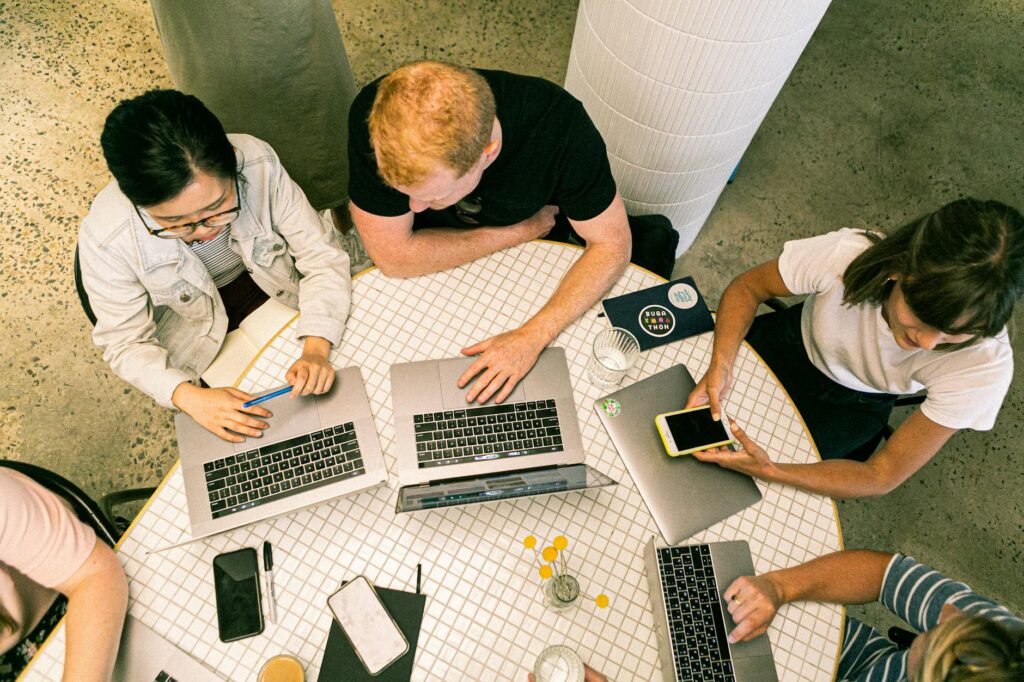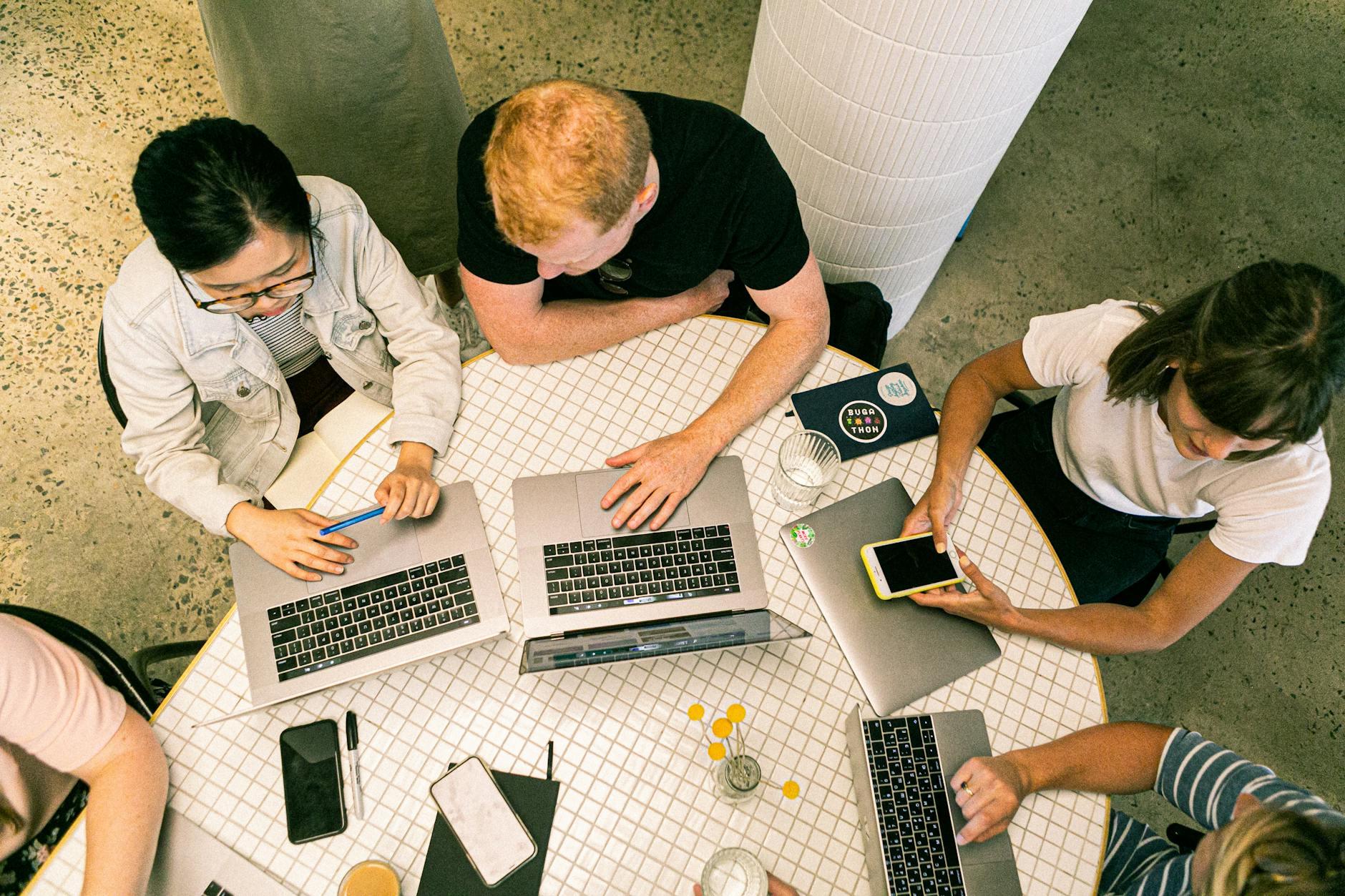What is session lengths?

What is session lengths?
Understanding how we spend our time during work sessions is crucial for enhancing productivity and maintaining a healthy work-life balance. Session lengths refer to the duration of time we dedicate to focused work before taking a break. Grasping this concept can help you manage your time more effectively, improve your concentration, and ultimately enhance your productivity.
Understanding Session Lengths
To fully appreciate session lengths, we need to explore their definition and how they are measured in various contexts.
Definition of Session Lengths
Session lengths can be defined as the period of uninterrupted work focused on a specific task or activity. In different environments, what constitutes a session may vary. For example, in digital contexts, a session might refer to the time someone spends on a website or app before closing it. In personal productivity, it might mean the time you allocate to working on a project before taking a break.
Recognizing the nuances of session lengths helps tailor your work habits to maximize effectiveness. The length of your work sessions can significantly influence your output. When you know what session lengths work best for you, you can optimize your workflow.
How Session Lengths Are Measured
Measuring session lengths can be straightforward or complex, depending on the tools at your disposal. Here are a few common methods:
-
Digital Tools: Many productivity apps and time tracking software, like Toggl and Clockify, allow you to log working hours and breaks, giving you insights into your session lengths.
-
Pomodoro Technique: This popular time management method involves working in focused intervals, typically 25 minutes long, followed by a 5-minute break. This method is effective for those who struggle to maintain focus for extended periods. More details can be found in the Pomodoro Technique.
By understanding how to measure your session lengths, you can adjust them to fit your unique working style.
The Importance of Session Lengths in Productivity
Session lengths play a critical role in determining how productive you can be. There’s a strong correlation between the duration of focused work and your overall efficiency.
Impact on Focus and Concentration
Longer sessions can sometimes lead to burnout or mental fatigue, while shorter sessions might not allow enough time to dive deep into a task. Finding the right balance is key. Research indicates that optimal session lengths can help maintain concentration and minimize distractions.
For instance, a typical focus session might last around 50 minutes, followed by a 10-minute break. This approach can help you stay engaged and fresh. You can read more about this in the article on focus sessions.
Enhancing Time Management
Understanding session lengths can drastically improve your time management skills. By recognizing how long you can concentrate effectively, you can plan your tasks accordingly.
Setting clear session lengths allows you to allocate specific time frames to tasks, helping to avoid procrastination. For instance, if you know that you can work effectively for 45 minutes, setting a timer for that duration can provide a sense of urgency, encouraging you to complete your tasks within the set timeframe. This strategy can enhance your focus and reduce distractions.
Strategies for Optimizing Session Lengths
To get the most out of your work sessions, consider these actionable strategies for optimizing your session lengths.
Setting Appropriate Session Lengths
Determining the right session length requires self-awareness. Everyone has different capacities for focus, and personal preferences should guide your decisions. Start by experimenting with various durations. If you find that 30 minutes feels too short and 90 minutes leads to fatigue, aim for something in between.
Tools like Cognitive Work Session Length can help you understand optimal session lengths based on cognitive performance.
Incorporating Breaks
Incorporating breaks into your work routine is vital for maintaining productivity. The brain needs time to recharge to function effectively. Try using techniques like the Pomodoro Technique or simply plan breaks after every work session. During breaks, engage in activities that relax you, such as stretching or taking a walk. These intervals can help you return to your tasks refreshed and ready to focus again.
Conclusion and Takeaways
Understanding session lengths is essential for anyone looking to enhance their productivity and manage their time effectively. By implementing strategies to optimize your work sessions, you can improve focus, reduce mental fatigue, and achieve a better work-life balance.
Start by measuring your session lengths, setting appropriate durations, and incorporating regular breaks into your schedule. With these strategies, you’ll be on your way to greater productivity and efficiency in no time.

Photo by Canva Studio